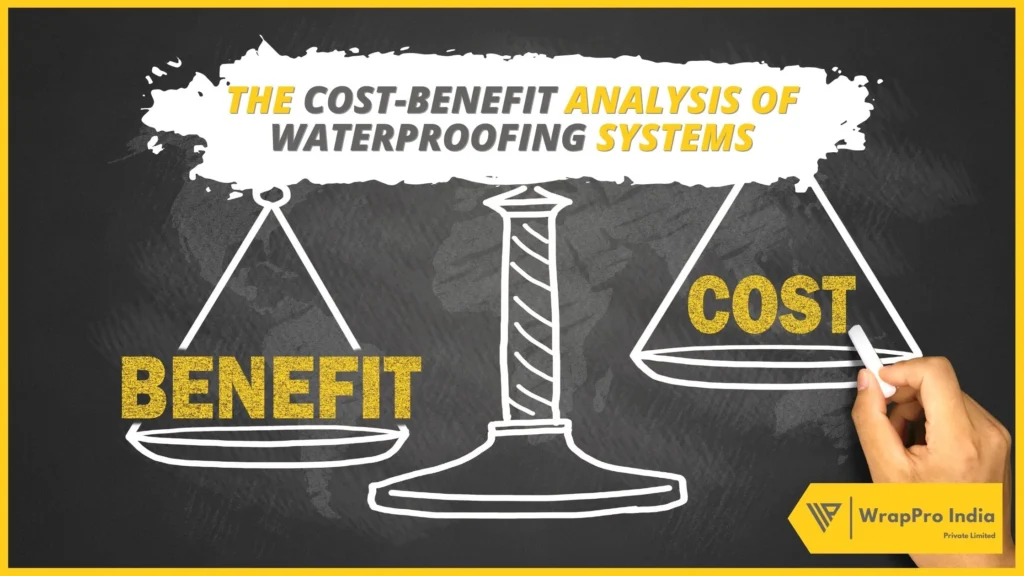
The Cost-Benefit Analysis of Waterproofing Systems
As a construction professional, you know that moisture damage can be a nightmare for any construction project. That’s why investing in waterproofing systems is crucial to protect against water seepage and moisture damage. However, the initial cost of waterproofing systems can be high, making it challenging to determine if the investment is worth it. That’s where a cost-benefit analysis comes in.
Think of a cost-benefit analysis as a way of evaluating a waterproofing system’s value. Just like buying a car, initially, it can seem like a large expense, but over time, the benefits outweigh the cost. A waterproofing system provides several long-term benefits, including:
1) Extended Building Lifespan: Moisture damage can cause structural damage and shorten the lifespan of a building. Waterproofing systems protect buildings from moisture damage, preventing the need for costly repairs and increasing the building’s lifespan.
2) Improved Indoor Air Quality: Moisture and humidity can lead to mold growth and other allergens, causing respiratory problems for building occupants. Waterproofing systems prevent moisture from seeping into the building, reducing the risk of health hazards and improving indoor air quality.
3) Increased Resale Value: A building with a waterproofing system is less likely to have moisture damage, making it a selling point for potential buyers. Additionally, the system can increase the building’s overall value.
4) Reduced Energy Costs: Moisture damage can increase energy costs by requiring dehumidification. Waterproofing systems prevent moisture from entering the building, reducing energy costs.
While these benefits are significant, it’s essential to conduct a thorough cost-benefit analysis to determine the system’s value. The analysis should consider several factors, including:
1) Initial Cost: The initial cost of the waterproofing system, including materials, labor, and additional equipment.
2) Long-Term Benefits: The long-term benefits of the system, such as extended building lifespan, improved indoor air quality, increased resale value, and reduced energy costs.
3) Return on Investment (ROI): The ROI of the system, determined by dividing the long-term benefits by the initial cost. A positive ROI indicates that the benefits outweigh the cost.
4) Risks and Uncertainties: Risks and uncertainties associated with the system, such as potential damage during installation or future maintenance costs.
5) Maintenance and Repair Costs: The ongoing maintenance and repair costs associated with the system.
Not conducting a cost-benefit analysis can have several drawbacks. The main disadvantage is not being able to determine the long-term value of the investment. This lack of information can lead to several negative consequences including overpaying for a system, underestimating the investment’s value, ignoring potential risks and uncertainties, and neglecting maintenance and repair costs.
Working with a trustworthy waterproofing contractor is crucial to ensure a thorough cost-benefit analysis is conducted. They can evaluate the system’s long-term benefits, ROI, risks, uncertainties, and maintenance and repair costs.
In conclusion, investing in a waterproofing system is an essential investment for any construction project. By conducting a cost-benefit analysis, construction professionals can evaluate the system’s value and make an informed decision. Remember to work with an expert waterproofing contractor to ensure the system’s proper installation and maintenance.
As the famous business magnate Warren Buffet once said,
“Price is what you pay, value is what you get.”
Take the time to make an informed decision and invest in a waterproofing system that provides long-term value. As construction professionals, we have a responsibility to make informed decisions that not only benefit our clients but also contribute to the long-term success of our industry.

